The 'Golden Ellipse' is a 50+ year classic. Fine craft, exquisite and new materials, and a redefined aesthetic made the 'Golden Ellipse' collection an imminent success. Was the Ellipse always the 'transcending icon' or did it also obey 'fashion-led' trends at one time or another Is it the timeless success or do we romanticize its story? In other words, how much of the modern narrative might be marketing and how much is lifelong appreciation?
December 18, 2024
Golden Rationale - Quantifying the Success of the Patek Philippe Ellipse (Part 1)

Marcus Siems @siemswatches
Collector, Author, Data Analyst
When the conversation comes to the grand house of Patek Philippe your thoughts immediately go towards either the grand complications and calendar watches or into the total opposite to the simplistic Calatrava models. But there's another angle on the Genevan powerhouse that's rarely the first that comes to mind: The artisanally driven design world of the 'Ellipse' collection.
 A small selection of the vintage 'Golden Ellipse' catalogue from Patek Philippe. Photos from Goldammer Archives.
A small selection of the vintage 'Golden Ellipse' catalogue from Patek Philippe. Photos from Goldammer Archives.
"It almost goes without saying, circles rule the wrist. This sensible design is largely due to the cyclical nature of time, but convention and conservatism also play equally important roles. Watches that don't conform to the circular mould are either short-lived, fashion-led objects or, more rarely, transcendent icons; bold shapes that literally stand out from the pack and have proved their place in a collection many times over." - Felix Scholz for A Collected Man -
Frankly, I couldn't say it any better. The 'Golden Ellipse' was born into a watch world that would soon be rattled by cheap Quartz technology, re-thinking production schemes and spiking gold prices ([source]). But upon its launch in 1968 these developments were still on the horizon and Patek Philippe - head designer Jean-Daniel Rubeli ([source]) - made a move to re-envision the luxury watch for the boomer generation. Fine craft, exquisite and new materials, and a redefined aesthetic made the 'Golden Ellipse' collection an imminent success story and a 50+ year classic ([source], [source]).
 1978 Patek Philippe advertorial for the Golden Ellipse collection, the accessories and its roots in classicistic design. Photo Courtesy of HIFI Archiv.
1978 Patek Philippe advertorial for the Golden Ellipse collection, the accessories and its roots in classicistic design. Photo Courtesy of HIFI Archiv.
But if we play devil's advocate one has to ask: Was the Ellipse always the 'transcending icon' or did it also obey 'fashion-led' trends at one time or another? Is it the timeless success or do we romanticize its story? In other words, how much of the modern narrative might be marketing and how much is lifelong appreciation?
Thus, I partnered with EveryWatch to find out what the Ellipse market today could tell us about the success of the collection in the past. Looking into the watches that sold throughout the last two years from over 500 dealers we identified 2,800 Patek Philippe Ellipse watches with production dates ranging from 1968 to 2024 comprising over 90 different references.
 A double stepped, onyx-filled Golden Ellipse - the jet-black 1970s epitome of luxury - the reference 3634. Photo Courtesy of Amsterdam Vintage Watches.
A double stepped, onyx-filled Golden Ellipse - the jet-black 1970s epitome of luxury - the reference 3634. Photo Courtesy of Amsterdam Vintage Watches.
1) Popularity over Time
And this brings us already to the first numbers. When were the watches produced and initially sold that we find in the market today. Circling back to our entry-point - the timeless design that'd show in timeless success - we would expect this distribution to be relatively flat. If the Ellipse was a hit all throughout time there should be as many pieces available from 1970 as from 2020*...
 Figure 1. Patek Philippe Ellipse watches sold between Oct. 2022 and Nov. 2024 (Source EveryWatch) by production year.
Figure 1. Patek Philippe Ellipse watches sold between Oct. 2022 and Nov. 2024 (Source EveryWatch) by production year.
Overall, we can identify 2,800 Ellipse pieces sold between October 2022 and November 2024. Based on the total number of Patek Philippe pieces from the same period (~65,000) the Ellipse makes up roughly 4.3% of the Patek Philippe market in terms of quantity. And in more detail we also see that the distribution is far from flat.
By far the most common production years are the 1970s (29%), 80s (22%) and 90s (20%). Indeed, half of all Ellipse wristwatches sold were made before 1987. And while we see a relative decline in popularity over these first 30 years it becomes quite obvious that after the turn of the Millenia the Ellipse appears to have become a non-trend: Only about 5% of the sold watches were made during the 2010s. In quantity that decade thus account for only about the same as two years during the 1970s. It wasn't actually until 2020s that the Ellipse got revitalized in popularity. It's really not absolute timelessness...
 A 2000s Patek Philippe Ellipse ref. 3738... speaking from the production age it's actually a rare bird. Photo Courtesy of Analog Shift.
A 2000s Patek Philippe Ellipse ref. 3738... speaking from the production age it's actually a rare bird. Photo Courtesy of Analog Shift.
2) The References
Now another question pops up: What references have been popular and which ones can be traced back to the down-years 2000-2018?
Generally speaking, in the last 56 years there have been numerous iterations and interpretations of the Ellipse. If you look through the listings of the last years you can find over 120 Patek Philippe references cited as 'Ellipse'. However, not every non-circular Patek Philippe is an Ellipse. I thus defined an 'Ellipse' as a Patek Philippe wristwatch with at least a ~1.15 height-width ratio+ of either dial or case, and four pairwise perpendicular outer surfaces... which already reduces the number of identified references to 94**.
 Figure 2. Top 15 Patek Philippe references sold between Oct. 2022 and Nov. 2024 (Source EveryWatch).
Figure 2. Top 15 Patek Philippe references sold between Oct. 2022 and Nov. 2024 (Source EveryWatch).
I know "who's supposed to remember all these reference numbers by heart?" so here's a great overview from a couple years back, too:
 Overview over the 55 year history of the Patek Philippe Ellipse. Hard to trace the original source but here: Summary slide Courtesy of Tom Mulraney & Monochrome Watches.
Overview over the 55 year history of the Patek Philippe Ellipse. Hard to trace the original source but here: Summary slide Courtesy of Tom Mulraney & Monochrome Watches.
It's arguably tough to make a good point about so many - at first glance - random numbers but it highlights an interesting point in the evolution of the Golden Ellipse and the route Patek Philippe took with this collection over the years. Now only look at the two most often sold references - the 3738 (12%) & the 5738 (11%) - and both are the most common after 2000. Indeed, 85% of Ellipse watches made after 2000 are either ref. 3738 or ref. 5738. How can this be?
For once, the variety of possible Ellipse references was manifolds larger during the 1970s and 80s Patek Philippe catalogues. Consequently, each single reference comprises a smaller part of the overall pie. This variety is trimmed down immensely over the last 25 years.
 A Patek Philippe Ellipse 'Jumbo' ref. 3738 from the 1990s. This one proved to be a true evergreen and stayed in production for over four decades(!) from 1978 to 2009. Photo Courtesy of Goldammer Archives.
A Patek Philippe Ellipse 'Jumbo' ref. 3738 from the 1990s. This one proved to be a true evergreen and stayed in production for over four decades(!) from 1978 to 2009. Photo Courtesy of Goldammer Archives.
The ref. 3738 is a very special case. Launched in 1978, at the 10 year anniversary, it is the first classic 'Jumbo' sized Ellipse with 31mm and the first featuring the Microrotor caliber 240 ([source]). A reference that was held in such high regards by the Patek Philippe management that it stayed in production for over four decades(!) until 2009 ([source]). In 2008 the ref. 5738 (34.5mm) took over and is still in production today ([source]).
Thus, we have two extremely different approaches to marketing and constructing the concept of the Ellipse: The cornucopia of different styles during the first 30 years in stark contrast to the unification of the Ellipse the last 25 years. It thus seems that the core Ellipse just didn't resonate well with 2000s and 2010s fashion trends.
 The revitalized Patek Philippe Ellipse ref. 5738 in its artisanal form with engraved dial. Photo Courtesy of Patek Philippe.
The revitalized Patek Philippe Ellipse ref. 5738 in its artisanal form with engraved dial. Photo Courtesy of Patek Philippe.
This 'popularity hiatus' fortunately seem to have been lifted with the 50th anniversary in 2018. We see that the Ellipse collection is gaining momentum over the last six years again. And part of this success can probably be attributed to modernizing the design with a twist.
3) Materials
You may have guessed it. When you don't vary much in shape, size or style, color is another option. In the case (pun intended) of the Ellipse this is the color of the metal.
 The Ellipse with a twist: A horizontal Patek Philippe Ellipse ref. 3845 in white gold. Photo Courtesy of Bulang & Sons.
The Ellipse with a twist: A horizontal Patek Philippe Ellipse ref. 3845 in white gold. Photo Courtesy of Bulang & Sons.
The Ellipse has traditionally been a watch made from precious metals***. Hereby, yellow and white gold dominated the picture with 61% and 21% of all sold watches, respectively. And prior to 2000 this adds up to 77% and 22.5% of all identifiable watches thus combined over 99% of all Ellipse pieces.
 Figure 3. Patek Philippe Ellipse watches sold between Oct. 2022 and Nov. 2024 (Source EveryWatch) by production year and case material.
Figure 3. Patek Philippe Ellipse watches sold between Oct. 2022 and Nov. 2024 (Source EveryWatch) by production year and case material.
It's not until the 2000s that we see other materials like rose gold and platinum appear in larger quantities. Again, the ref. 3738 and the modern 5738 lead the way. It goes so far that right now you can't even buy a modern yellow gold Patek Philippe Ellipse at your AD ([source]).
4) Conclusion
What does 'timeless' even mean? On one hand, that a concept persists through time, uneroded by the tides of fashion? Well, from that perspective the Ellipse is not. From the time of its conception until today - 56 years later - Patek Philippe's Ellipse went through several makeovers that included changing the size, case-to-dial proportions and the material. The Ellipse of 2024 isn't the same as its 1968 great grandfather****.
Or do we refer to 'timeless' as the appreciation for the collection being suspended from time? Again, the Ellipse wouldn't exactly fit the narrative as the demand for the collection went down drastically early in the 21st Century.
 Overview over a variety of Patek Philippe Ellipse references from different eras. Photos from Goldammer Archives.
Overview over a variety of Patek Philippe Ellipse references from different eras. Photos from Goldammer Archives.
But, just between us, I find the concept of 'timeless' quite overrated anyways. What's more important is staying relevant in an ever-changing world. You have to reinvent yourself over and over while staying true to the core principles...
What we saw happening to the Ellipse is that after the initial conception the variety of styles, references, movements and options exploded during the 1970s. This branching tree was started to be trimmed down during the 1990s ... You know what else happened during that decade? Patek Philippe started to move their production in-house and vertically integrated all processes. Trimming, and thus focus, is important when taking that step.
 1982 Patek Philippe Ellipse advertisement - "The exclusive circle of a Patek Philippe." Advertorial Courtesy of Ad Patina.
1982 Patek Philippe Ellipse advertisement - "The exclusive circle of a Patek Philippe." Advertorial Courtesy of Ad Patina.
But when you trim, sometimes you pinch too many healthy branches and the entire tree is suffering... Just like the downturn in demand from 2000-2018. What was left of the Ellipse collection in the 2000s - you guessed it - wasn't that fashionable anymore. The 3738 - as pivotal as this reference has been - may simply have been outdated by then.
It took quite some effort and experimenting to bring the Ellipse into the 21st Century. The reference 5028 in 1997 was probably the first try to rejuvenate but it wasn't until the 50th anniversary rose golden reference 5738 in 2018 that the Ellipse started to please the masses again.
 The Patek Philippe ref. 5028 from 1997 - the neo-vintage interpretation of the 'Jumbo' (31mm) Ellipse that didn't really stick. Photo Courtesy of Bulang & Sons.
The Patek Philippe ref. 5028 from 1997 - the neo-vintage interpretation of the 'Jumbo' (31mm) Ellipse that didn't really stick. Photo Courtesy of Bulang & Sons.
The Ellipse is important, its history is vivid and the heritage wonderfully contemporary. And I guess the crux of this entire endeavor is that the Ellipse is neither 'fashion-led' nor a 'transcending icon' as Felix Scholz put it back in 2021. No success is given to you based on previous sales numbers or 'heritage'. When you stop swimming you'll float downstream and the Ellipse got pretty close to the delta of oblivion.
Gladly, even in 2024 we can still speak about the Ellipse. It is still relevant - in its modern as well as its vintage forms - and that counts. And just to tease you a bit: How relevant and how the market for the collection looks like today will be the topic of Part 2! So stay tuned.
Acknowledgements
This piece of work only exists because of the data collected and provided by EveryWatch. I would like to particularly thank Giovanni Prigigallo (Co-Founder of EveryWatch, @prigi35) and his Team for the trust and the stimulating and insightful exchanges along the way!
I would like to further thank Marc Montague (@initialsmm) for spreading his excitement for the collection and adding key observations.
Footnotes
+ By the way, where does this 'Golden Ratio' analogy even come from... Who measured width and length of the watches (for example modern ref. 5738 34.5mm x 39.5mm = 1.14) and started to claim those form the ratio of 1.62? Saying 'the Golden Ellipse was inspired by the Golden Ratio' (*cough* Patek Philippe marketing *cough*) is BS beyond comprehension. This rant was brought to you by the number pi.
* Well, a flat distribution with potentially a slight increase towards newer pieces. That is because we might expect for older watches to break down and not get repaired - hence sold.
** Depending on the definition of 'what is a reference?' (here I'm not counting "/" numbers as individual references) and 'what should be called an Ellipse?' you might end up with a different number.
*** The major exception was the steel-only ref. 3930.
**** Please don't argue with the ancient aesthetics of the 'Golden Ratio' as this won't get us anywhere. Apart from those pieces not even showing the 'Golden Ratio' it's the interpretation and execution of an abstract (or even mathematical) concept that should count.
All rights on text and graphics reserved to the Author.



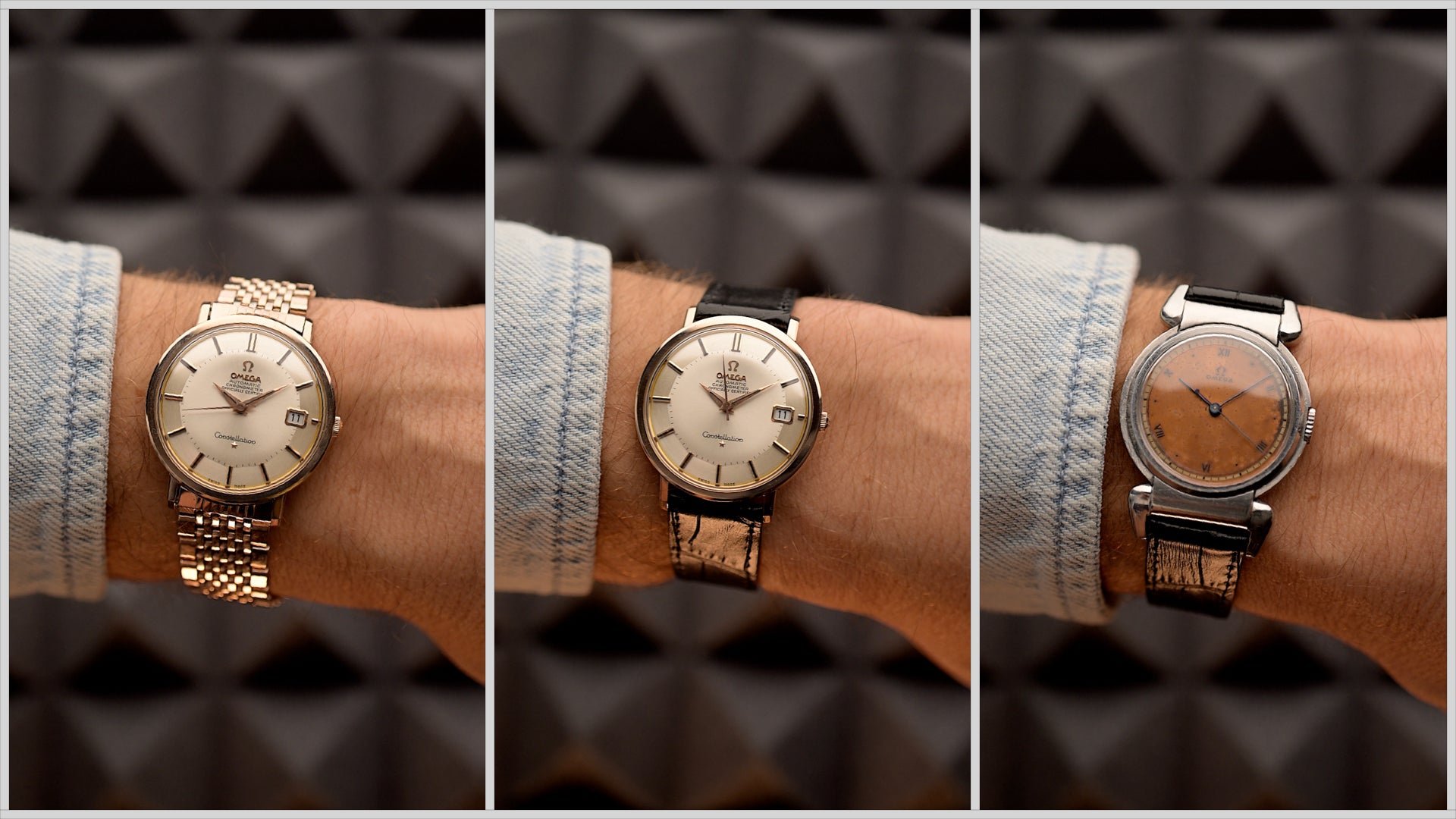
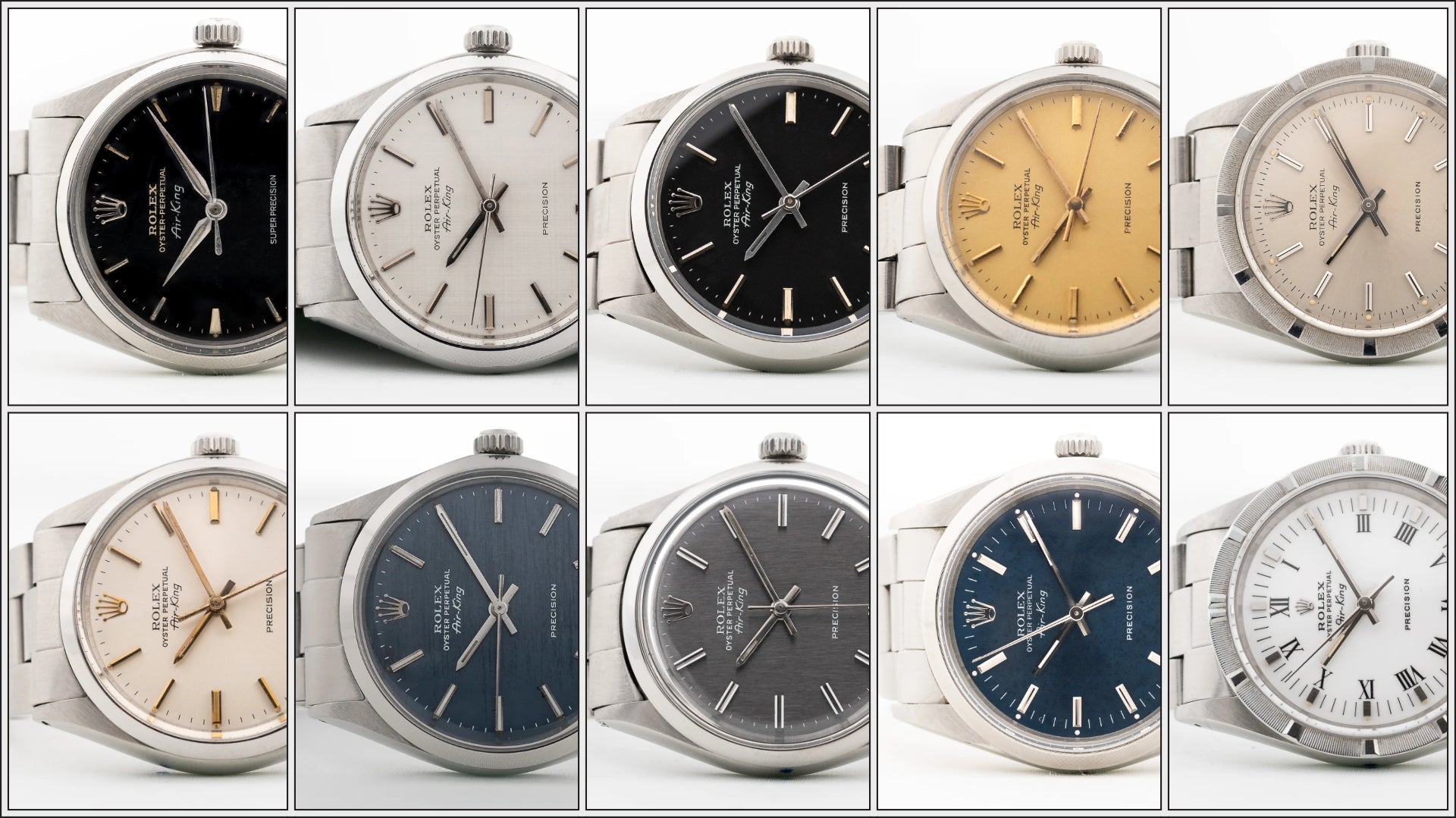
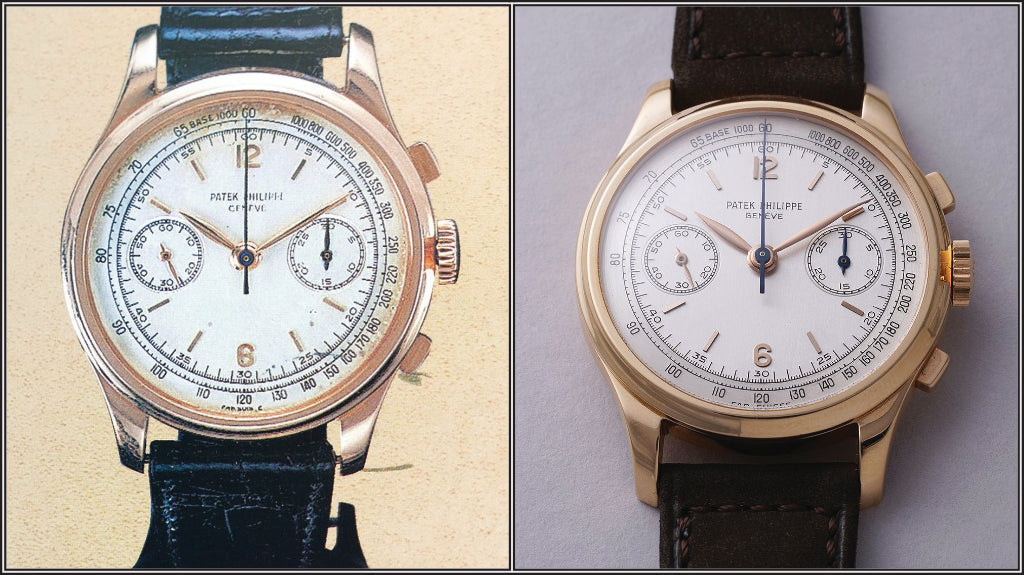
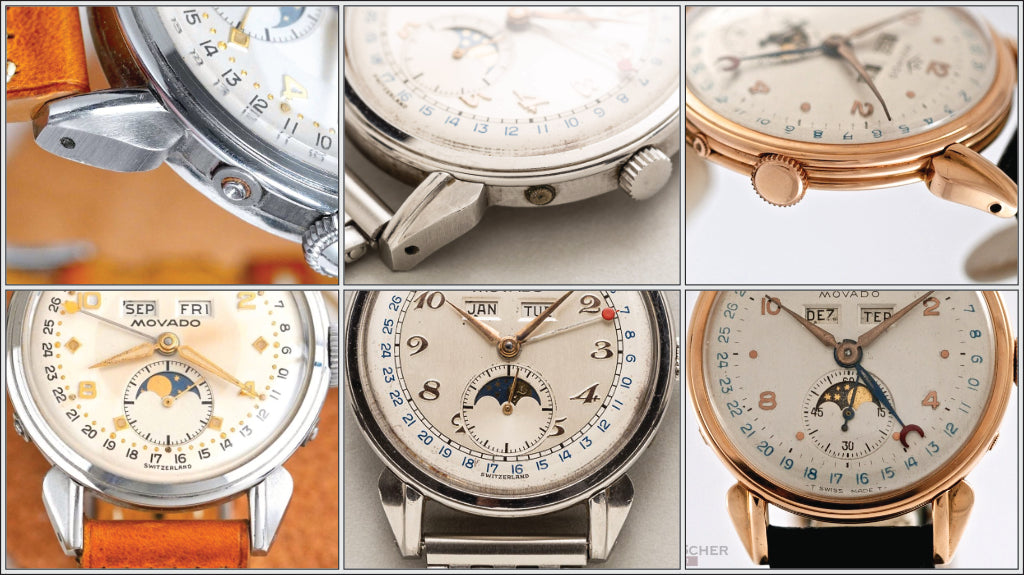













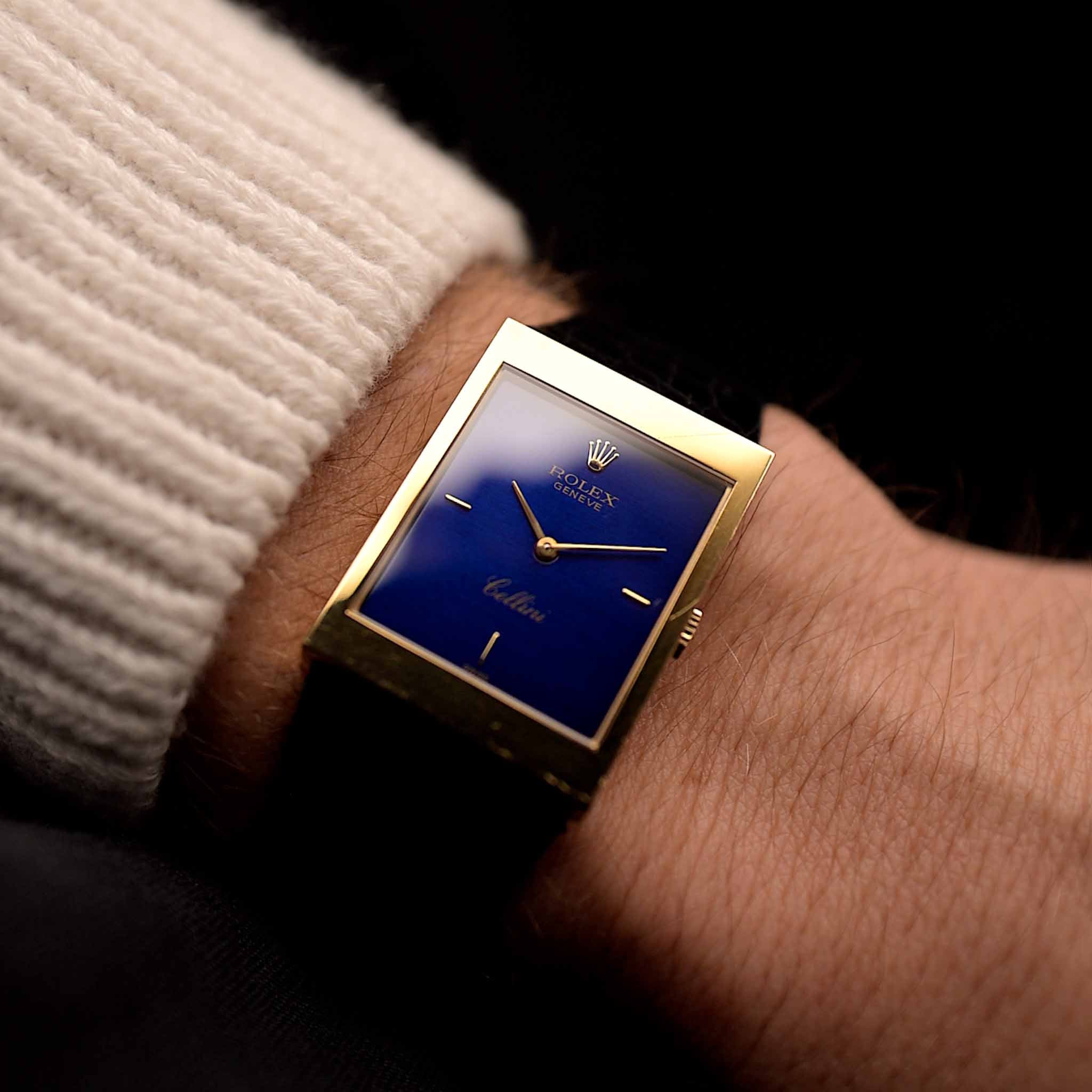
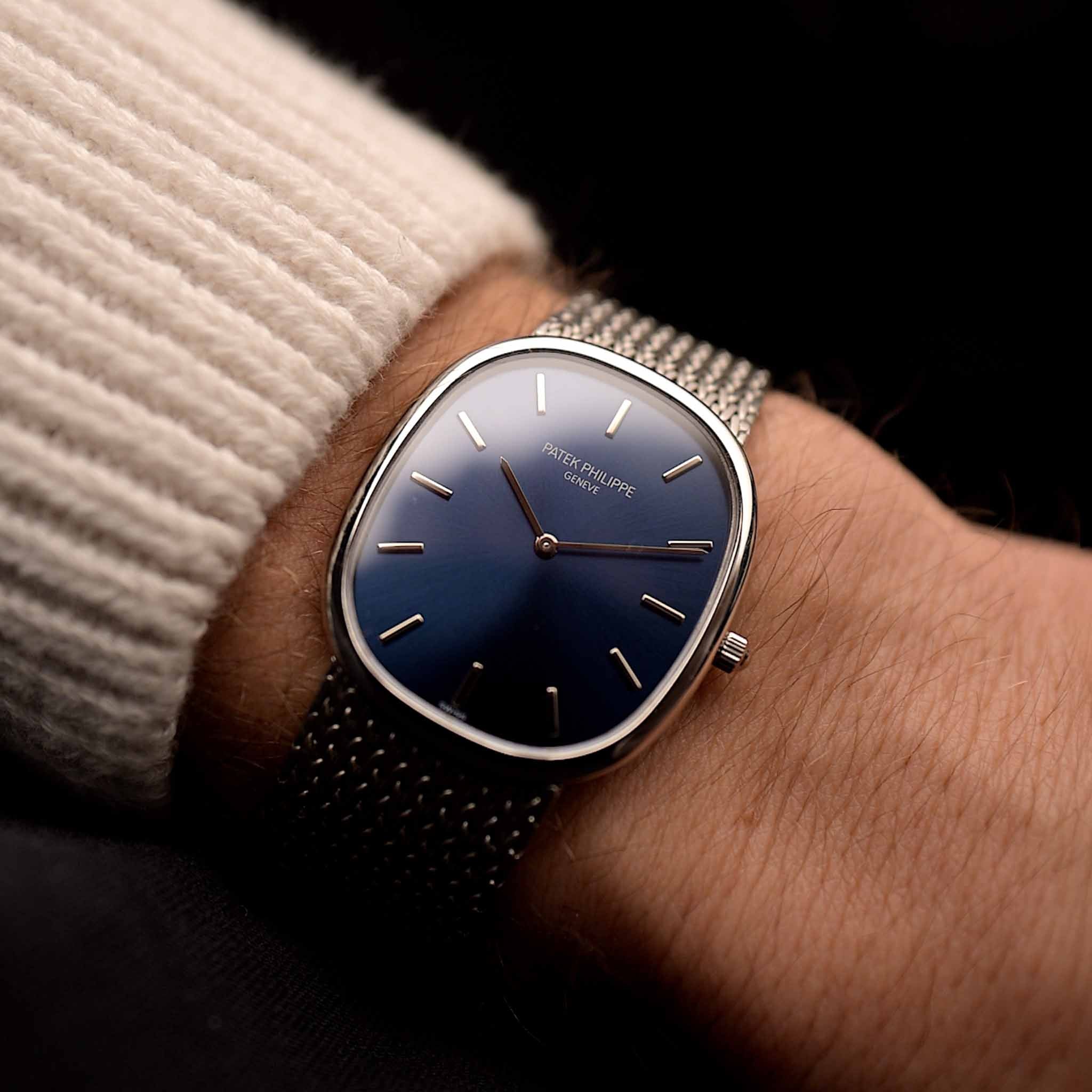
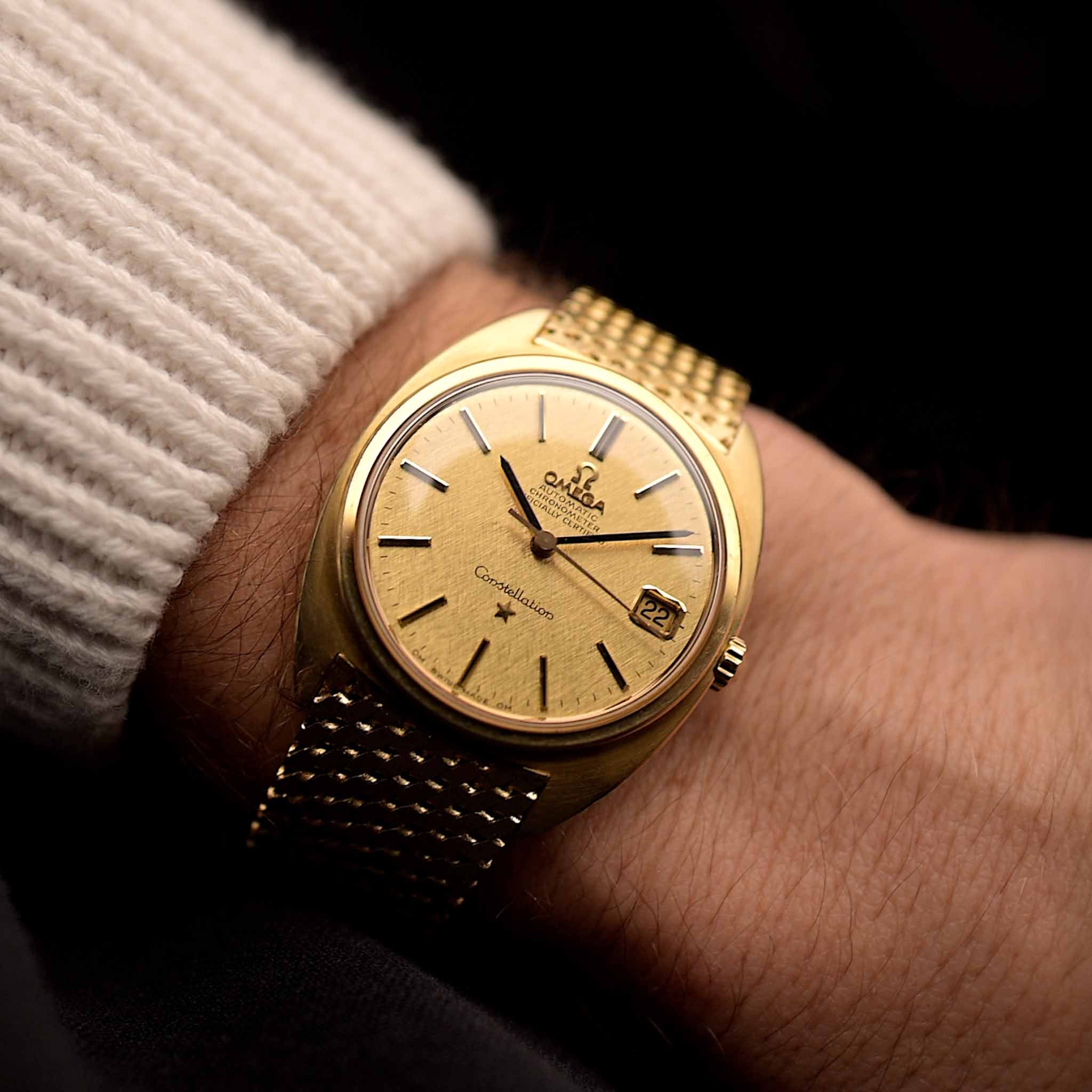
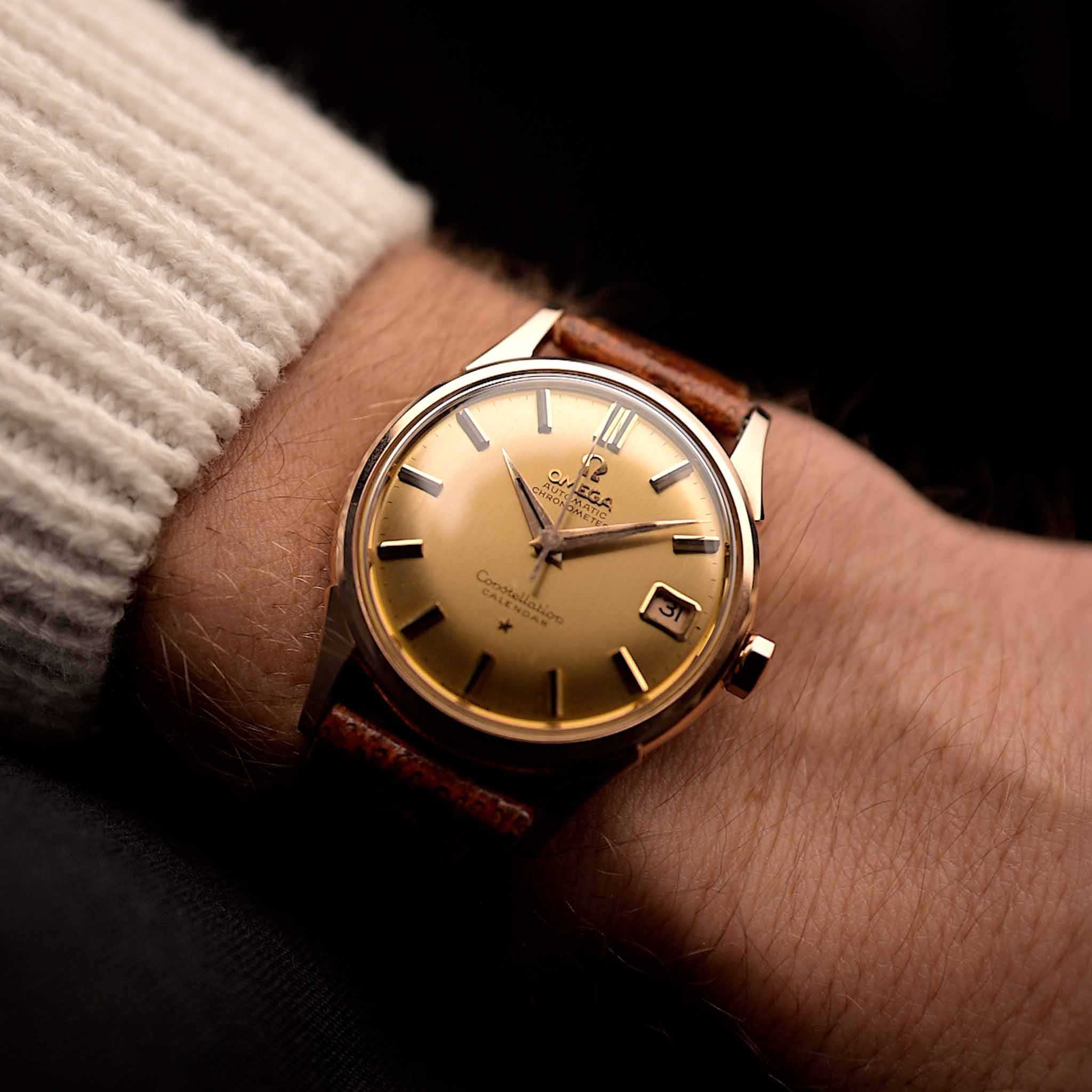
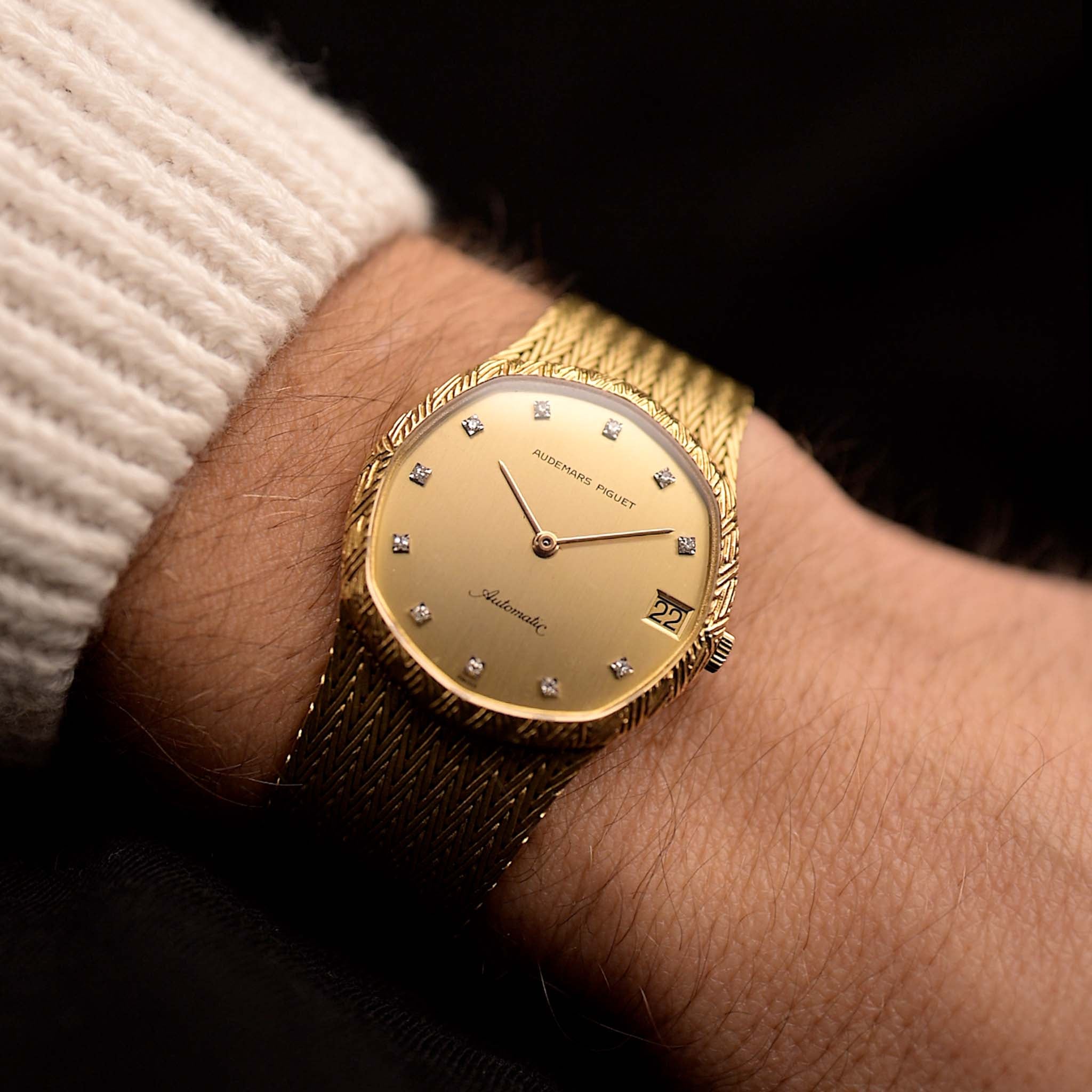
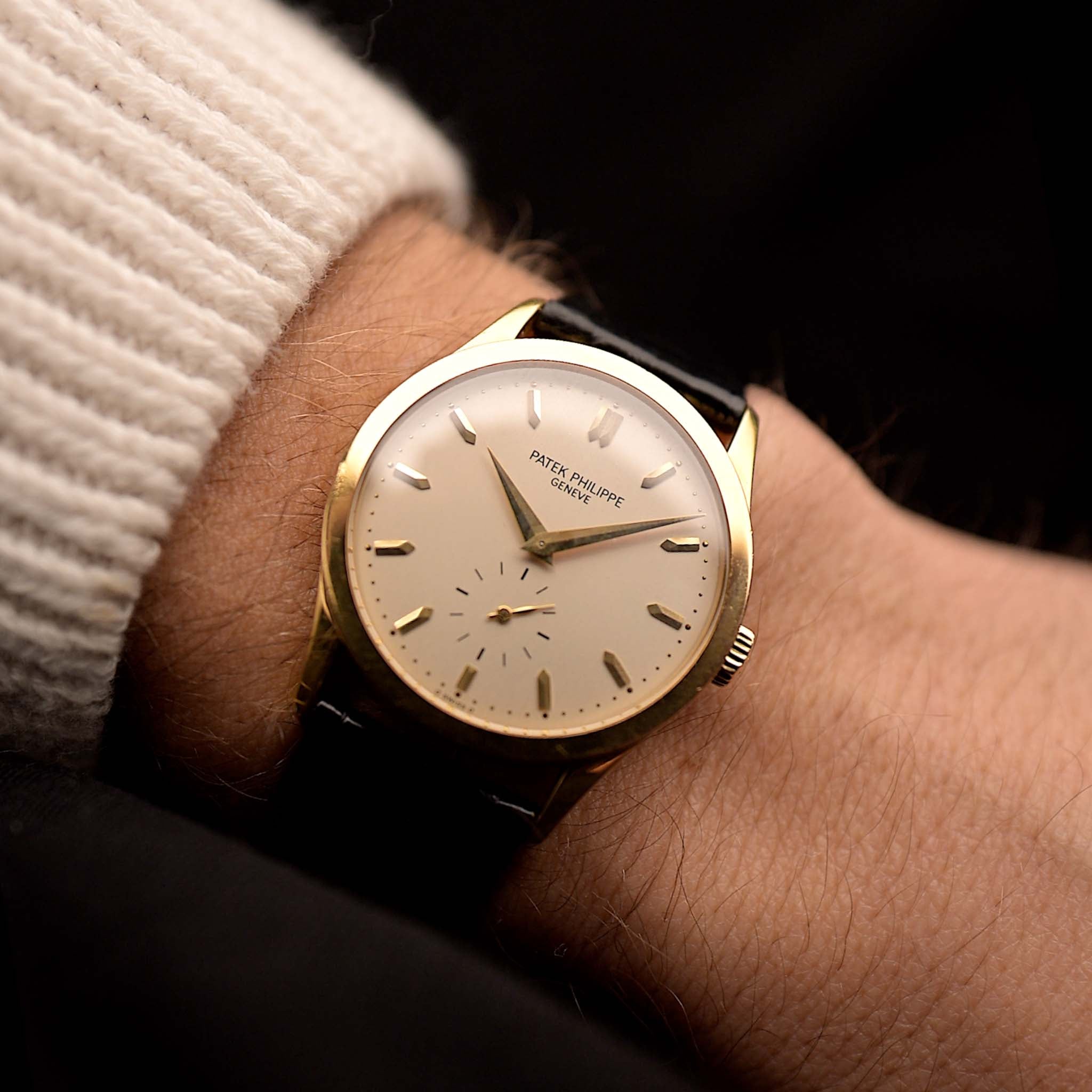
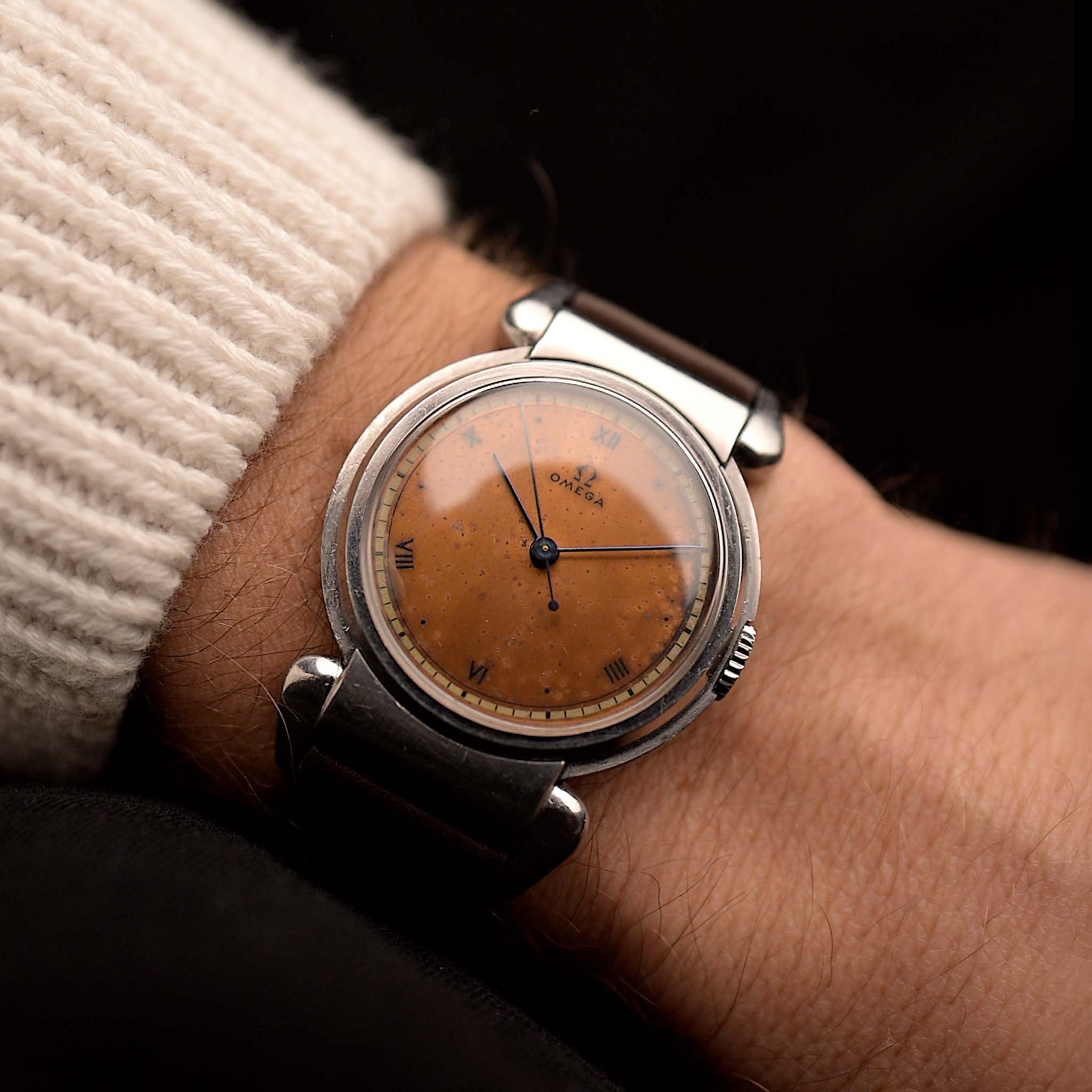
Leave a comment